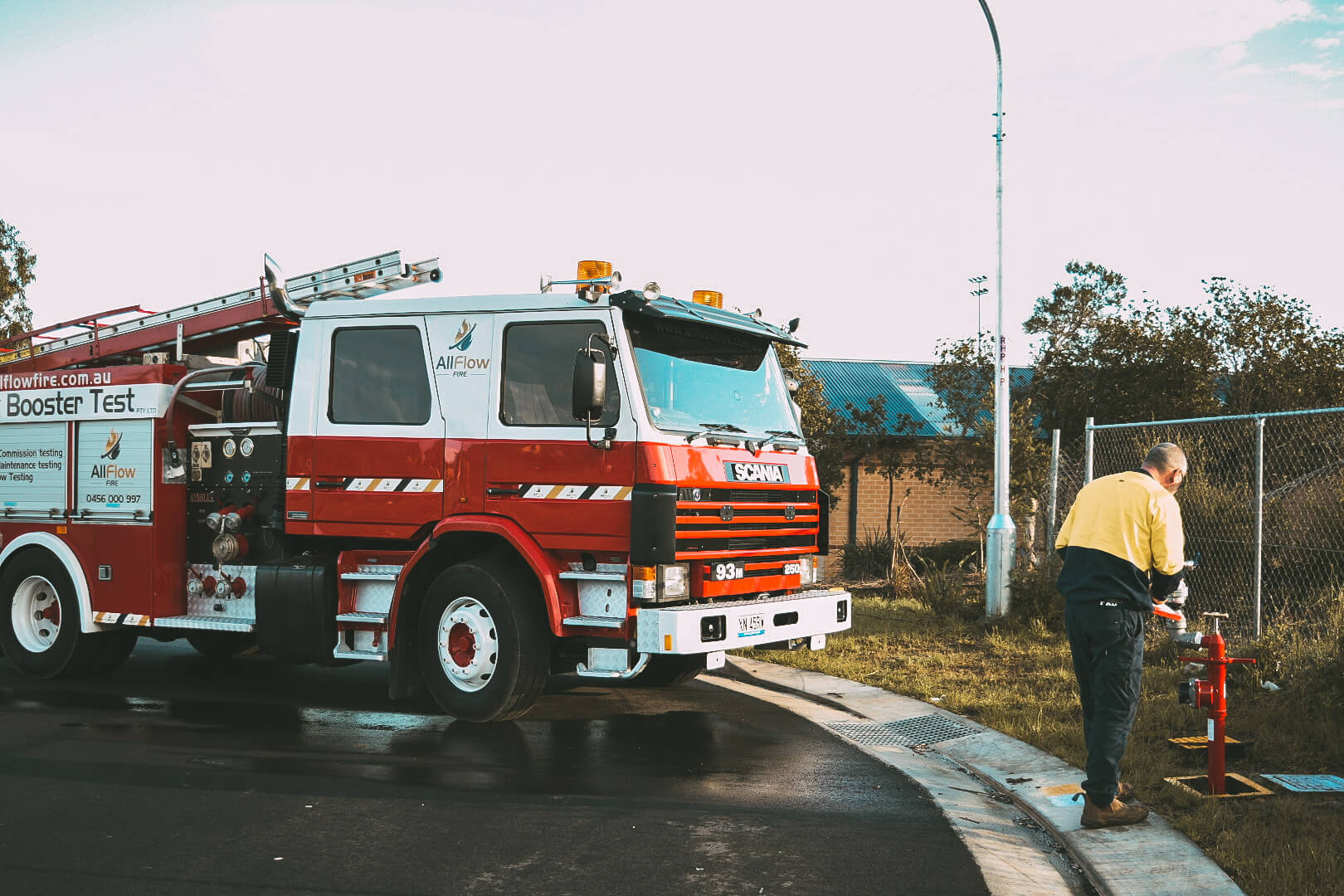Significance of Hydrant Circulation Test In Guarding Versus Fires
When it involves discharge safety, one critical aspect that usually goes unnoticed is the normal screening of hydrant flow. Hydrant flow testing plays an essential function in making certain that fire departments and various other emergency situation solutions have accessibility to a sufficient supply of water in the event of a fire. In this article, we will certainly check out the value of hydrant flow testing, its procedure, and frequently asked questions (Frequently asked questions) to provide an extensive understanding of this essential fire safety measure.
What is Hydrant Flow Testing?
Hydrant flow testing is a systematic process that involves measuring the water circulation rate from fire hydrants. This examination helps establish the hydrant's performance, the schedule of water supply, as well as the total problem of the water circulation system. By carrying out regular flow examinations, fire departments can examine whether the hydrants are capable of providing the necessary water quantity and also stress to eliminate fires properly.
The Treatment for Hydrant Flow Testing:
Picking Testing Locations:
Determining a depictive example of fire hydrants throughout the location.
Guaranteeing a mix of various hydrant kinds as well as locations to acquire exact data.
Getting ready for the Test:
Informing local water authorities, making certain proper authorizations are gotten.
Collaborating with neighborhood fire departments as well as various other stakeholders.
Performing the Circulation Test:
Attaching a flow meter to the hydrant and also ensuring correct seal and positioning.
Opening the hydrant completely to gauge the circulation rate precisely.
Recording the data, consisting of circulation rate, residual stress, and various other pertinent info.
Assessing the Outcomes:
Contrasting the test results versus developed criteria and guidelines.

Recognizing any kind of issues or disparities that need interest.
Taking corrective activities, such as repairing or replacing defective hydrants.
The Relevance of Hydrant Flow Testing:
Ensuring Adequate Water System:
Hydrant flow testing aids confirm the water distribution system's ability to satisfy firefighting demands.
It makes certain that fire departments have accessibility to enough water quantity as well as pressure when responding to emergencies.
Identifying System Deficiencies:
Normal testing aids recognize and also attend to any type of concerns with hydrants, shutoffs, pipelines, or other parts of the water distribution system.
Identifying and dealing with problems beforehand lessens the risk of system failure throughout a fire event.
Enhancing Firemen Safety:
Trustworthy hydrant flow enables firemans to function much more efficiently as well as securely throughout fire reductions activities.
It minimizes the moment needed to establish water supply and also lessens possible hold-ups or problems in critical circumstances.
Frequently Asked Questions
Why is hydrant flow testing essential?

Hydrant flow testing ensures that fire departments have accessibility to a trustworthy water for firefighting purposes.
It helps identify any shortages in the water distribution system and allows for prompt repairs or upgrades.
Exactly how often should hydrant flow testing be conducted?
The frequency of testing depends upon regional guidelines and guidelines.
Usually, annual screening is advised, although even more regular testing may be essential in high-risk locations or older systems.
That is accountable for carrying out hydrant flow testing?
Local water divisions, fire departments, or licensed service providers typically do hydrant flow testing.
Coordination between these entities is necessary to make certain accurate as well as timely testing.
Can hydrant flow testing interfere with water solution?
Hydrant flow testing may trigger short-term interruptions in water solution, but initiatives are made to reduce the effect on residents and also businesses. Prior notices are normally supplied to influenced citizens and also alternate supply of water setups might be made throughout screening to decrease aggravation.
What criteria are gauged throughout hydrant flow testing?
The primary parameters measured during screening consist of the circulation rate (in gallons per minute), recurring stress (pressure More helpful hints remaining in the system throughout flow), and also static stress (stress when the water is not flowing).
These measurements aid examine the general efficiency of the hydrant and the water circulation system.
What are some usual concerns that hydrant flow testing can determine?
Hydrant flow testing can disclose various concerns, such as reduced flow prices, insufficient stress, dripping hydrants, malfunctioning shutoffs, or obstructions in the water distribution system.
Recognizing these concerns early on allows for punctual repairs or substitutes to keep optimum fire safety.
How can the results of hydrant flow testing be utilized?
The data acquired from flow testing aids develop a standard for future contrasts and also permits pattern evaluation.
It assists in making informed decisions concerning infrastructure upgrades, maintenance prioritization, as well as emergency feedback preparation.
Are there any details requirements or guidelines for hydrant flow testing?
Different areas may have their very own criteria as well as guidelines for hydrant flow testing.
Organizations such as the National Fire Security Organization (NFPA) and also the American Water Works Organization (AWWA) provide thorough referrals as well as procedures.
Conclusion:
Hydrant flow testing plays an essential duty in ensuring efficient fire precaution. By routinely checking the flow rates as well as efficiency of hydrants, fire departments can believe in their ability to react to emergencies with Click for more a sufficient water system. This procedure assists recognize any kind of deficiencies or issues within the water circulation system, permitting punctual repair services as well as enhancements. Hydrant flow testing ultimately boosts firefighter safety and security and makes certain the security of lives and residential property. By prioritizing this critical facet of fire safety, neighborhoods can be better prepared to encounter the difficulties of firefighting procedures.